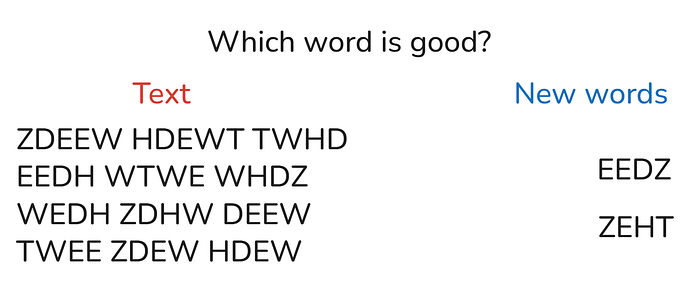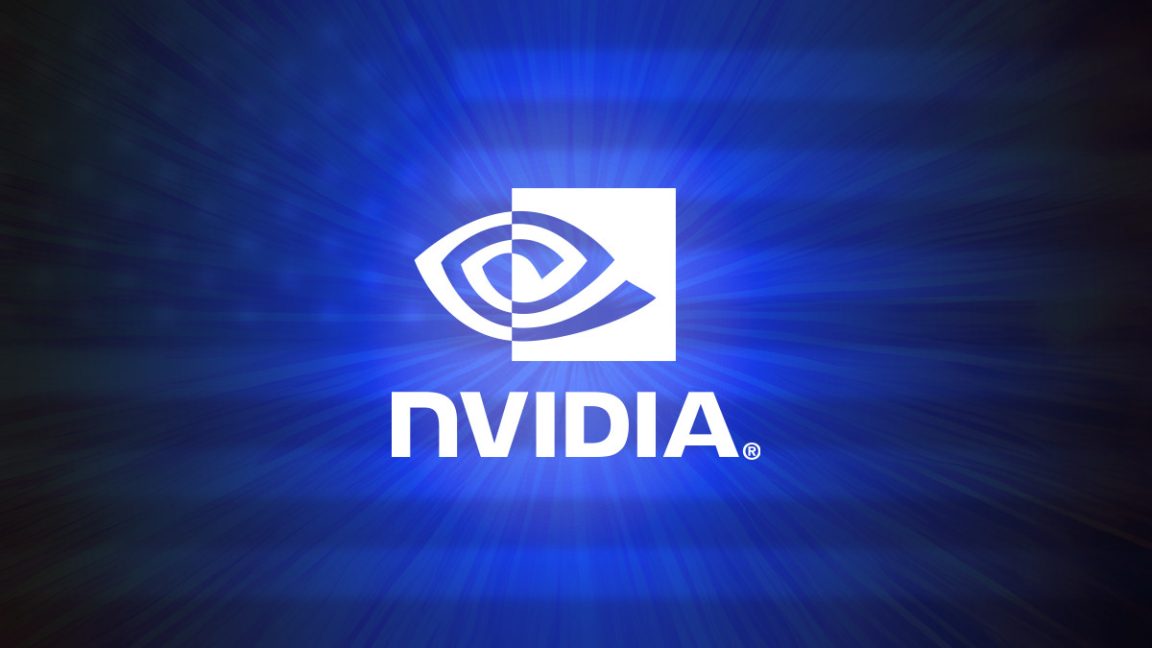Introduction to Stem Splitting
Stem splitting is a revolutionary technology in the music world that allows artists and producers to separate audio tracks into individual components, such as vocals, drums, bass, and other instruments. This technology has been rapidly improving in recent years, thanks to advancements in AI and machine learning.
The Evolution of Stem Splitting
Consider an example from a song that has been worked on using stem splitting. The original track was split into four stems: vocals, drums, bass, and "other" using Logic’s original Stem Splitter. The results were reasonable, but the isolated bass track had noticeable static and artifacting. The vocal track was also far from ideal.
Improved Fidelity with New Updates
Just over a year later, Apple released a point update for Logic that delivers "enhanced audio fidelity" for Stem Splitter, along with support for new stems for guitar and piano. The difference in quality is significant, with the new bass track and vocal track showing greatly improved fidelity.
Comparison of Old and New Stem Splitting
The new bass track and vocal track can be compared to the old ones, showcasing the significant improvement in quality. The ability to separate out guitars and pianos is also a welcome addition, and it works well. The piano part, in particular, is impressive.
Other Stem-Splitting Tools
There are plenty of other stem-splitting tools available, many of which have had a head start on Apple. However, with its new release, Apple has certainly closed the gap. Izotope’s RX 11, for instance, is a highly regarded piece of software that can do wonders when it comes to repairing audio and reducing clicks, background noise, and sibilance.
Comparison with Other Tools
RX 11 includes a stem-splitting feature that can produce four outputs (vocal, bass, drums, and other), and it produces usable audio. However, it’s not clear if its output is more highly ranked than Logic’s. A comparison of the vocal and bass stems from RX 11 and Logic can be made to determine which one is better.
Conclusion
The AI/machine learning revolution has certainly arrived in the music world, and the rapid quality increase in stem-splitting tools in just a few years shows just what these AI systems are capable of when trained on enough data. Having access to the original recordings will always be better, but stem-splitting tech is improving quickly.
FAQs
- What is stem splitting?
Stem splitting is a technology that allows artists and producers to separate audio tracks into individual components, such as vocals, drums, bass, and other instruments. - How has stem splitting improved in recent years?
Stem splitting has improved significantly in recent years, thanks to advancements in AI and machine learning, with many tools now able to produce high-quality individual tracks. - What are some popular stem-splitting tools?
Some popular stem-splitting tools include Logic’s Stem Splitter and Izotope’s RX 11. - Can stem splitting replace original recordings?
No, having access to the original recordings will always be better, but stem-splitting tech is improving quickly and can be a useful tool for artists and producers.











